Researchers Used ‘Hidden Consciousness’ To Find Out What Happens When We Die
This article may contain affiliate links.
When we think about death, people tend to think of whatever vision of the great beyond grants them the most comfort. Those who practice religion will imagine the afterlife depicted to them in their practice, some create their own personal equivalent of 'heaven', while others prefer the idea of an infinite blackness forever more.
If there is one resounding answer, it has yet to be discovered, as it's an impossible task for researchers to tackle. However, a study involving comatose patients has opened up some new possibilities. Keep reading onwards in order to learn more!
After We're Gone
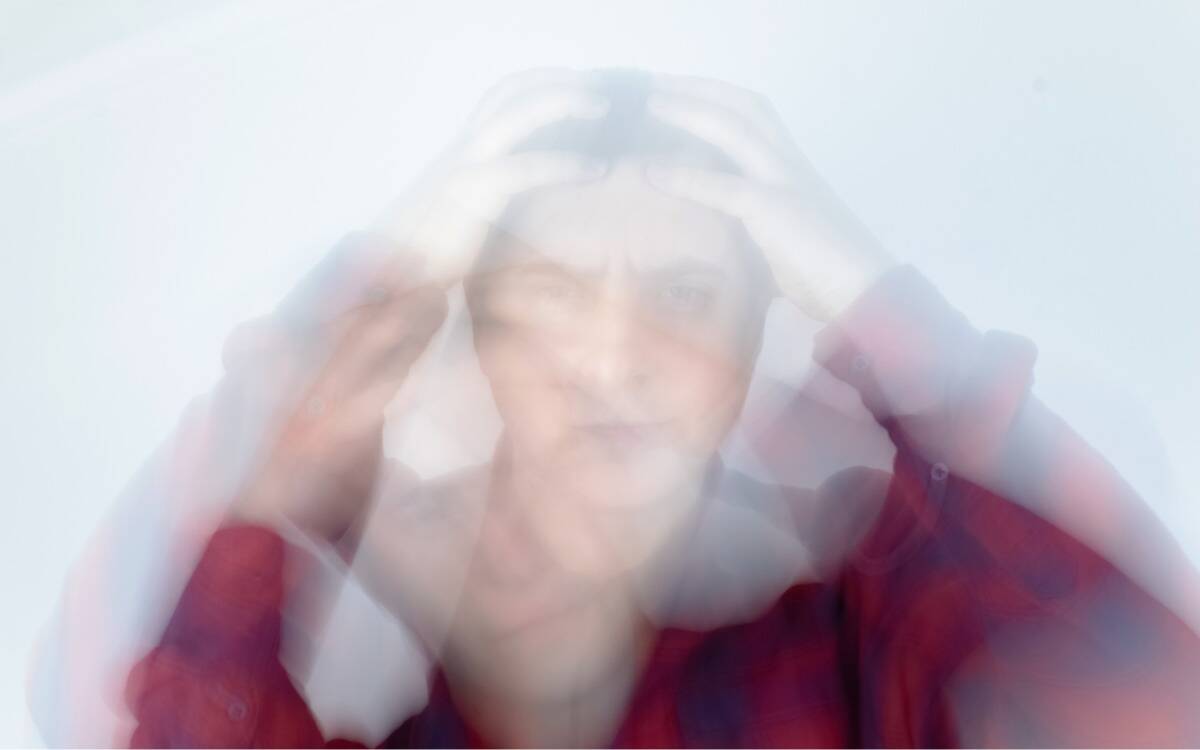
The question of what happens when we die has existed for as long as humans have been around. It's a mystery that remains unsolved, as we've yet to have someone fully die for an extended period then be reanimated. The closest we have is those who have had near death experiences or were declared dead for a short amount of time.
Mysteries Of Death

Though it's a tough nut to crack, research has still taken place, with scientists continuing to discover more and more about the mysteries of death.
If you have thoughts or worries that are keeping you down, you can break free from them today. Use this free audio to reframe your life experiences and unlock happiness in your life!
Not So Slowly
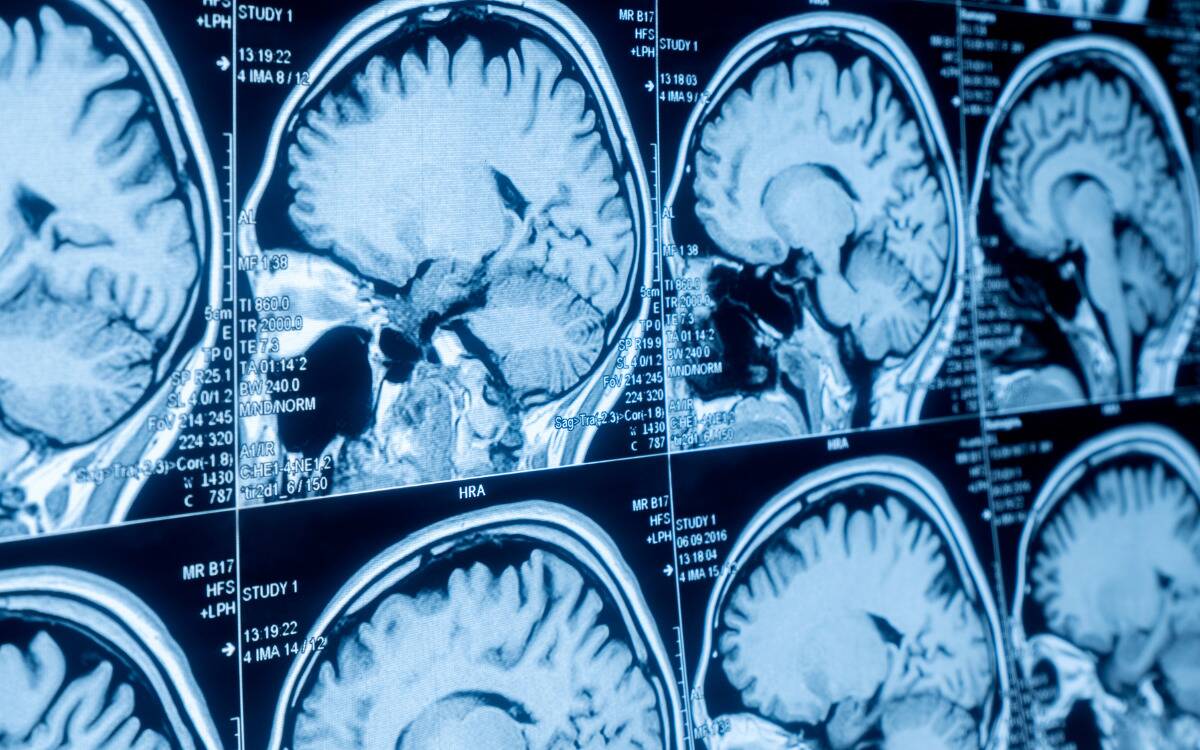
It would make sense to think that as we die, our brain slows until it stops, but there are multiple accounts of this maybe not being the case.
Vivid Dreams

For one, there are first person accounts from those who had near-death experiences or short-term deaths as mentioned. Many of them report extremely vivid, lucid visions or dreams in the moments after their 'death', ones that wouldn't be able to take place if brain activity was truly slowing down.
First Subjects
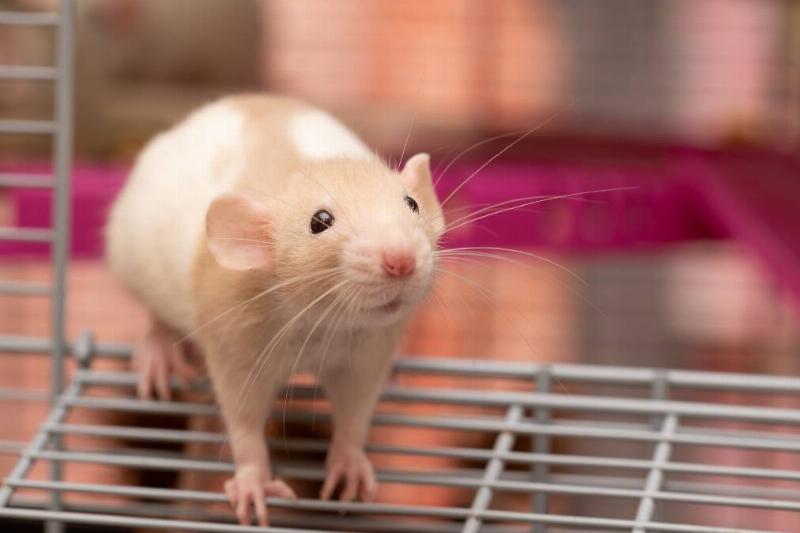
Second, a University of Michigan study recorded a transient surge of electrical activity in the brains of dying rats.
Scientists knew there was more to be discovered here, so after the findings on rats were published, the same university conducted a follow-up experiment to see if they could record the same jolt of activity in dying human brains as well.
Brain Activity

To do this, they recorded the brain activity of four comatose patients who were in the neurointensive care unit at the University of Michigan hospital.
Direct Energy
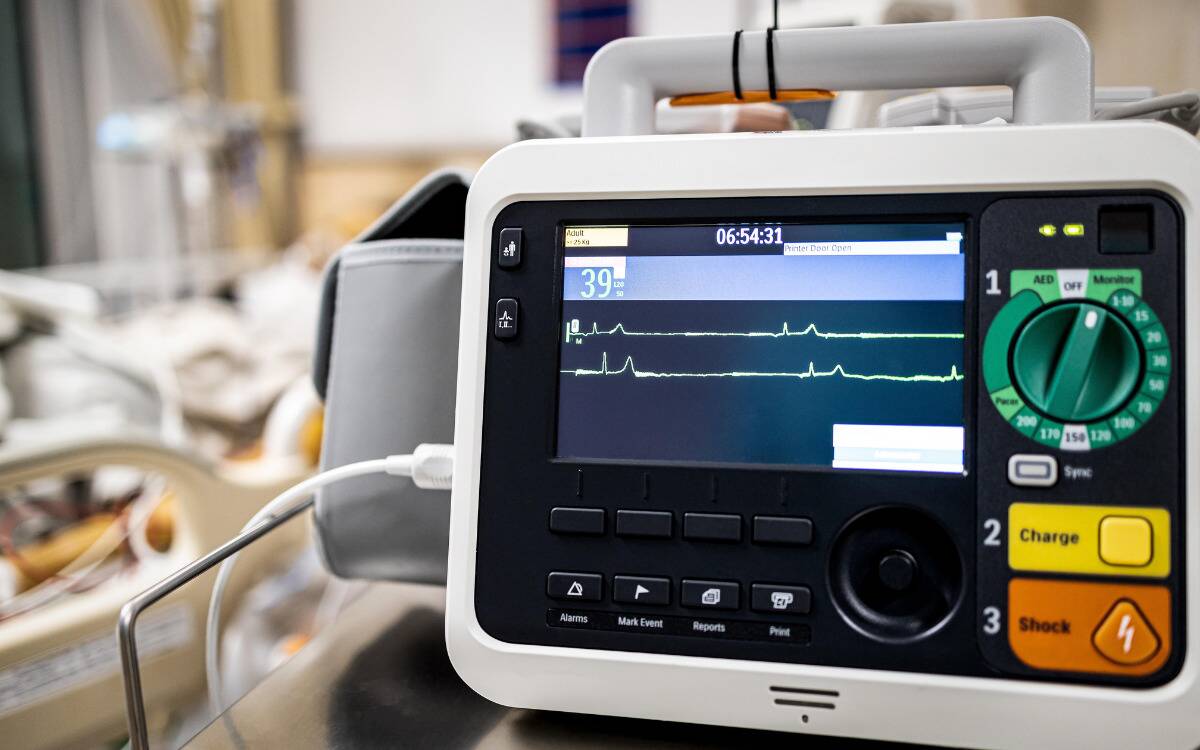
All four patients were on life support after experiencing extensive brain damage due to cardiac arrests. All four patients would eventually die while in their comas, their brain activity being measured the entire time. Most notably, they analyzed the electroencephalography (EEG) data from each patient before and immediately after their life support was shut off.
Brain Activity Surge

Within seconds, two of the four patients showed a similar surge of brain activity that the rats did. To be specific, the surge happened in several different "bands" toward the back half of the brain, close to what's considered the "hot zone."
The Center Of It All?
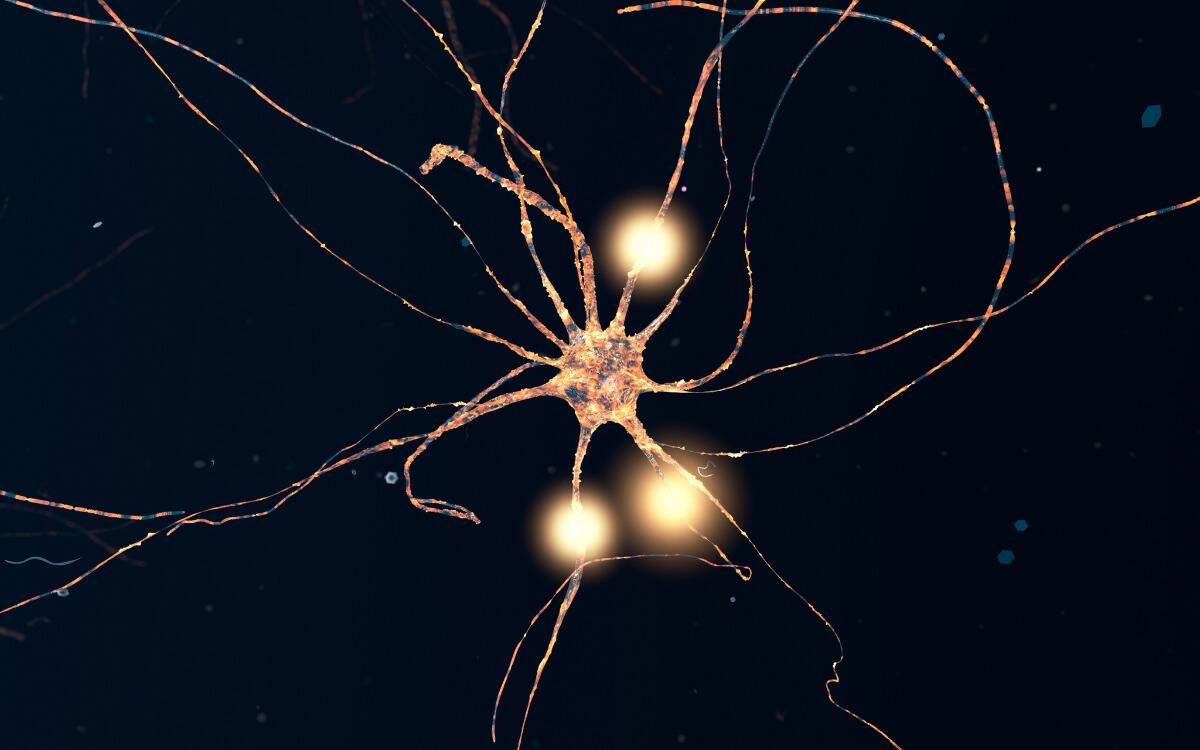
That hot zone is at the junction of temporal, parietal, and occipital lobes, and is important for conscious processing, which dictates almost all of what we do. There were also smaller jolts between that hot zone and the brain's frontal lobes.
Life Flash Before Eyes

So, does this spike explain these visions that people see when near death? Are they the cause of stories we hear about white lights, visits from loved ones lost, or tales of a higher power?
Beneath The Surface
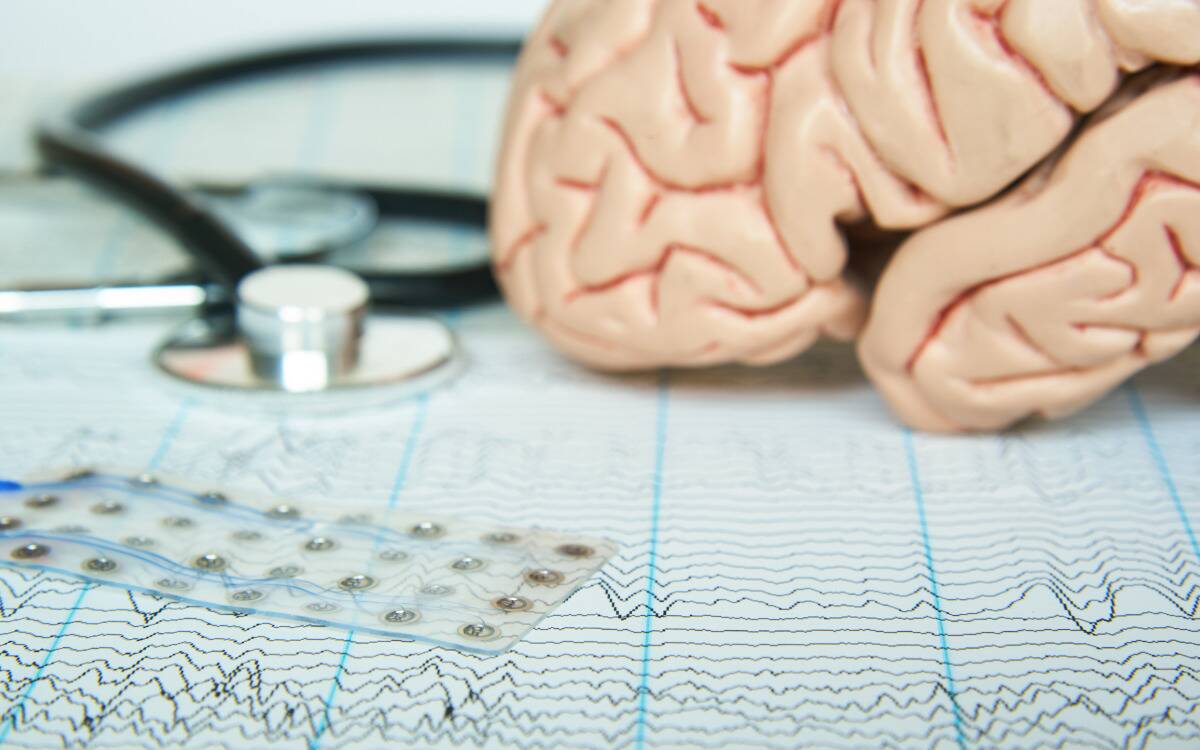
Unfortunately, it's still impossible to know as these patients weren't able to directly tell us what they saw (if anything at all), but the research team thinks it's very possible.
Hidden Consciousness

These findings have caused even more buzz among the team and other scientists invested in this research, as it feels like we're one step closer to unravelling the mystery behind after death experiences thanks to the proof that this same brain jolt happens in humans.
Researchers are hoping they'll be able to learn more through the investigation of "hidden" consciousness.
Further Uses
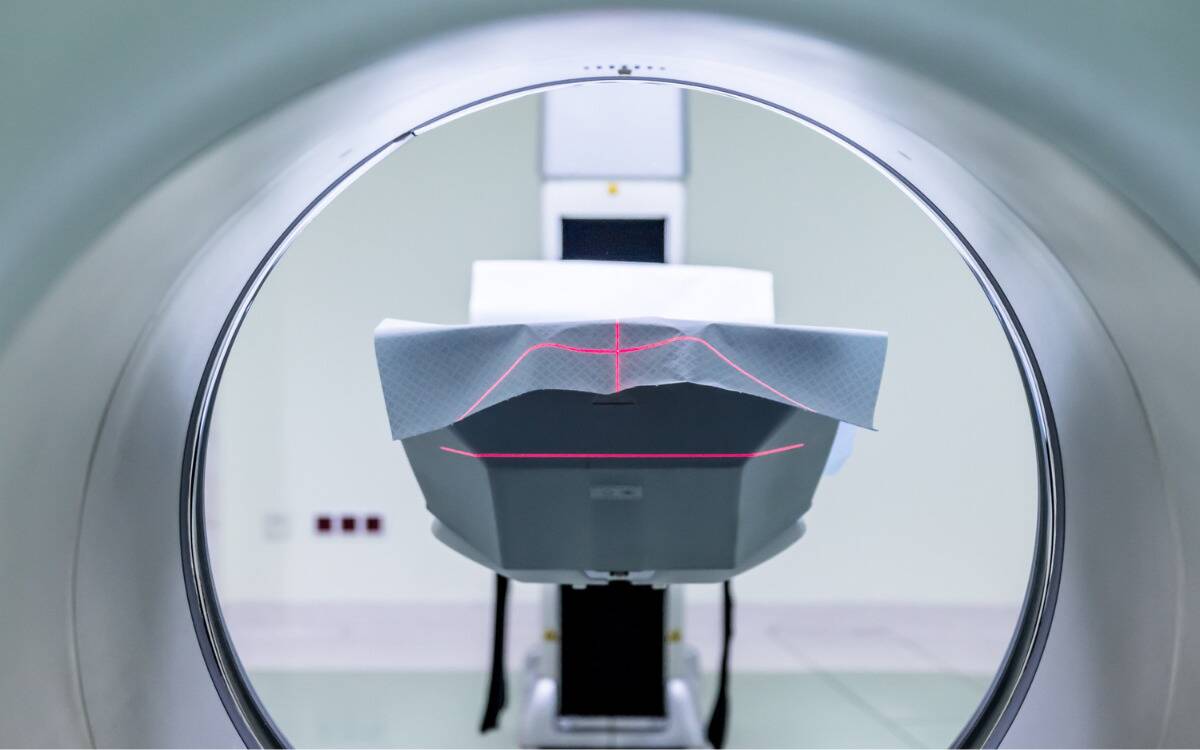
Hidden consciousness is the brain activity that continues to take place even after a patient has been rendered unresponsive due to brain injuries or cardiac arrest.
Hidden Signs

An average of 1 in 7, or roughly 14%, of unresponsive brain injury patients have shown signs of hidden consciousness via MRIs or EEGs, like the University of Michigan used on the comatose patients.
So far, research has been done about using hidden consciousness as a means of predicting the likelihood of long-term recovery, but it has the potential to show us much more with the right studies.
Our Conscious Futures
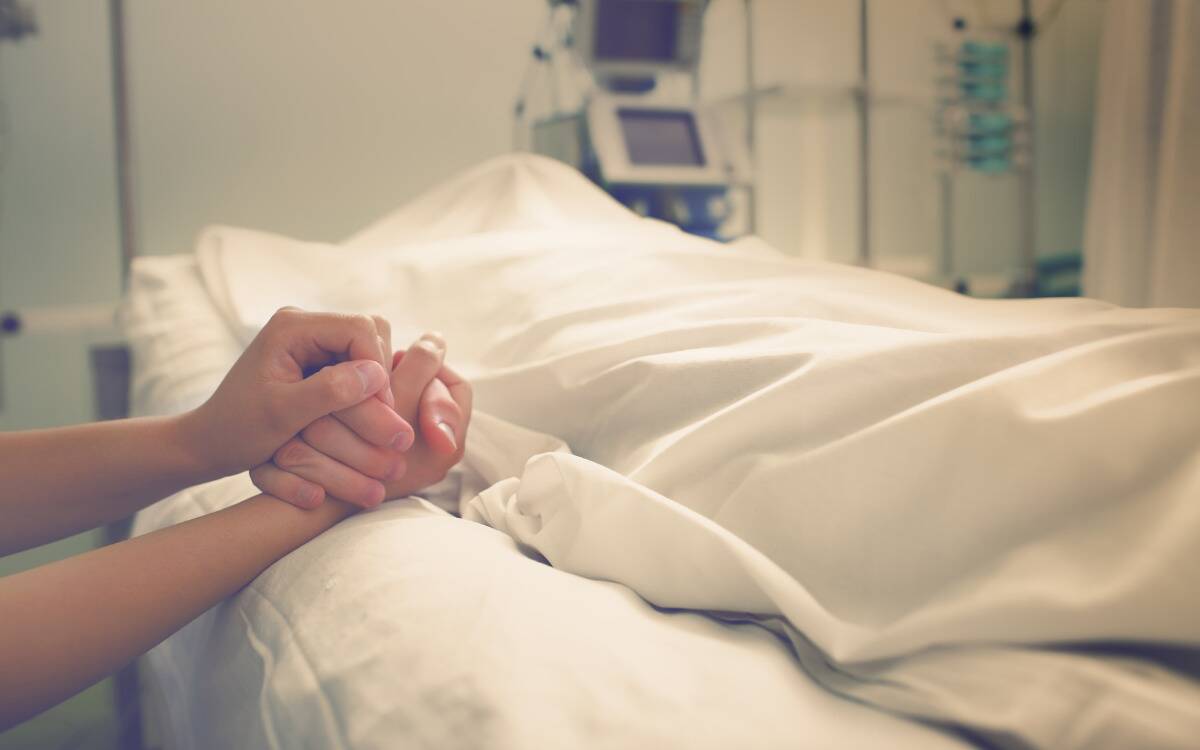
For now, the mystery remains about where exactly our brains, souls, or otherwise go when we pass on. Given the amount of variety in the stories of near or briefly dead people, there's no one conclusion that can be drawn, and it's very possible that our living beliefs shape what we see in moments of brain death and spark.
Out Of Our Hands

Even if we do ever get a concrete answer, there's nothing we're going to be able to do to change it. It is quite literally out of our hands at that point, as we living cannot tamper with the business of the dead.
So, while it is fascinating, this matter is best not to be worried about. Watch on with fascination, not with fear.
Listen to this free 10-minute audio today and overcome the phobias that loom over your life. You can live with bravery and confidence thanks to this life-changing audio!





